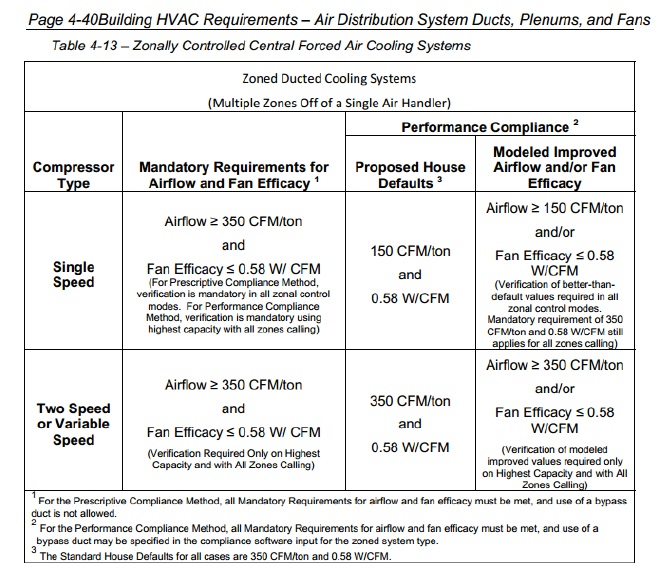
Panic and mayhem seem to be raining down on the HVAC streets of California as contractors scramble to interpret the new regulations and changes to bypass systems with the passing of the 2013 version Title 24.
Title 24 is the building and energy code standard in California, which ensures building construction, as well as system design and installation, reach at least a minimum level of energy efficiency and maintains environmental quality.
These standards result in lower energy costs, greater comfort, more dependable system service, and a better environment.
Yes, these changes do only apply to California currently, but the HVAC trends in the west coast state seem to set the standard for the industry. So what do we need to know about Title 24?
The CEC (California Energy Commission) has approved certain compliance software packages to help design and submit systems with bypass dampers. Depending on the system, you can choose the Performance Compliance Method or the Prescriptive Method.

There may be different airflow requirements when zoning systems are used versus systems without zoning.


California’s Title 24 building codes include construction and design factors such as energy efficiency, lighting, ventilation and more. Any external or mechanical changes that rely on energy usage related to Title 24. These rules apply to new construction and existing buildings for residential, non-residential and businesses.
The standards are updated every three years, with the last set written in 2022 and enacted in January 2023. The next set is anticipated in 2025.
Types of buildings subject to these codes include:
Yes, energy budgets do vary by climate zone and building type. There are 16 climate zones designated in the state of California. The energy code is tailored to local conditions, providing some flexibility in the energy efficiency buildings can achieve.
Concerned about meeting energy codes or building requirements for your HVAC installation or upgrade? Arzel Zoning can help. Call us today for a solution to meeting building codes for new construction or existing buildings.
As far as bypass is concerned, there’s no reason to fret over these changes – they’ve been set in place to ensure better energy usage for everyone. For more references on the current version of Title 24, click on the links below:
2013 Building Energy Efficiency Standards
2013 Building Energy Efficiency Standards Approved Computer Compliance Programs
Any HVAC professional will tell you that multi-stage equipment is great. These powerful air conditioning machines can achieve better comfort and better energy efficiency. We wanted to take a moment to explain why HVAC zoning makes multi-stage equipment even better. Here’s how we’re optimizing multi-stage equipment with Arzel Zoning. Why would you zone multi-stage equipment? […]
There’s been a big change in HVAC this year with the introduction of A2L refrigerants like R-32 or R-454B. When you’re working with A2L refrigerants and Arzel Zoning systems, it’s important to understand the refrigerant detection system (RDS) and A2L mitigation controls that are built into the equipment. Here’s what you need to know. A2L […]
So you’re ready to install zoning in your customer’s home or business. Congratulations! Let’s make the next part as easy as possible, with this advice on getting your HVAC zoning system kit. Components of a zoning system kit There are just five parts you’ll need to install an Arzel Zoning system. A zoning panel Zoning […]
Can you add zones to an existing HVAC system? Yes! Arzel Zoning has been doing exactly that for more than 40 years. Our retrofit zoning options make it as seamless as possible. Here’s how it works. Why would clients want more than one zone? Let’s start with why a home or business owner would want […]